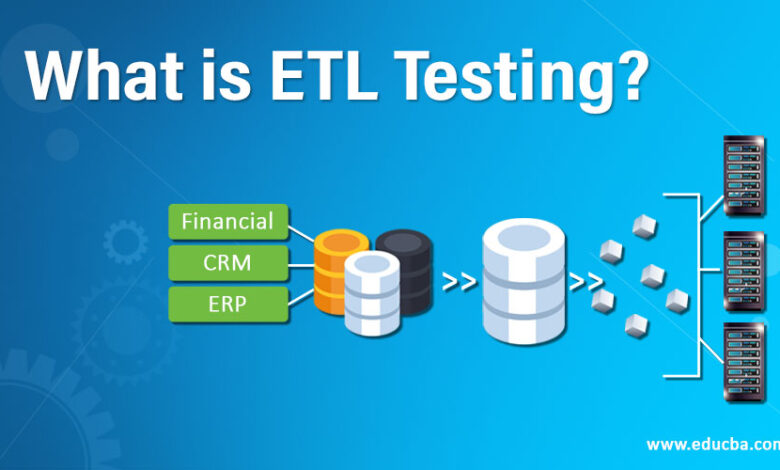What is an ETL system tool?

When you have a large volume of data, it can be challenging to process it all with traditional ETL systems. ETL Device: tools rely on batch processing sessions to move data around. Because these sessions take place when network traffic is low, they can’t handle real-time data analysis. To get around this, IT teams must create complicated customizations and precise quality control. In addition, these traditional systems don’t handle spikes in data volumes, forcing organizations to choose between performance and data.
Talend
The ETL system tool Talend can be used to process diverse data sources such as spreadsheets, data warehouses, and operating systems. This system is built using the Eclipse environment, which generates code for your tasks based on your selections. Once you’ve created your data models and warehouse, you can reuse the code in any Java environment. Talend Open Studio is a free version of Talend’s commercial tools. It can also work well as an ETL tool for business intelligence. In addition, it can be deployed as a cloud service and connect to various SaaS products.
Both Talend and Informatica offer powerful data integration capabilities. They can load and execute data from various sources, allowing you to easily integrate it into your environment. In addition, Talend has robust features that make it easy to plan and perform operations on your data. It also protects your data and operations by storing metadata. It can also be used for batch data loading because Talend can integrate and process data from multiple machines.
SSIS
SSIS is a data integration and transformation system. It allows you to transform any data source into another format. SSIS is also capable of loading data from multiple destinations. Its components are designed to handle a variety of tasks, including data cleaning and preparation.
SSIS was released in 2005. It is used for ETL projects, such as converting data from one format to another. Its cloud counterpart, ADF, can also be used for ELT. Talend has an intuitive interface and is flexible enough to work with multiple data sources. Talend’s data warehouse management tool is easier to use than SSIS. It runs on the Java platform and uses JDBC connections and advanced scripting components. However, it is compatible with many data sources and features logs and error services similar to SSIS.
Apatar
If you’re tasked with developing a data integration pipeline, you’ve probably considered an ETL system tool. An ETL system is a tool that can extract, transform, and load data from various sources. Apatar offers a visual interface that is particularly useful for users who don’t have a lot of technical knowledge. The software has built-in app integration tools, data quality tools, deduplication, mapping schemas, and more. Unlike many proprietary systems, this application generates XML metadata files and doesn’t require any programming knowledge.
The Apatar tool is designed to extract customer information from various sources, load it into MySQL, perform transformation and merge complex customer datasets. This tool’s user-friendly interface provides built-in app integration, data quality tools, replication and mapping schemas, and XML metadata files. It can also process data from various sources, including relational databases. As a result, this tool can quickly and efficiently transform and merge data to meet business goals.
Talend Data Fabric
If you’re looking for an ETL system tool that is based on machine learning, Talend has you covered. This cloud-based system supports virtually any data source. The built-in functionality makes integrating with cloud data warehouse destinations easy and guarantees scalability. It also allows you to run analytics from various data sources. The benefits of using Talend Data Fabric are numerous.
It offers many features to help organizations improve their ETL. First of all, it’s free. Talend’s Open Studio for Data Integration is a user-friendly process modeling tool allowing business users to participate in the design process. Additionally, it has more built-in connectors than any other ETL solution on the market. It also supports a variety of data transformations, including automatic lookup handling and string manipulations. You can even use Talend’s ELT instead of an ETL system.
Talend Open Studio
The Talend Open Studio ETL system tool is free software that facilitates data transformations and integrates multiple sources and targets. It is built on Eclipse and generates code based on user selections. You can reuse the code in an external environment that supports Java. It also has an Eclipse-based development environment and a long list of connectors. Companies worldwide use this software to automate data integration, real-time and periodic reporting, and data quality. The Talend Open Studio includes several configuration tabs, including the job, context, component, and run tabs. Each of these tabs displays job information and context variables and lets you set them. It also displays log messages and component parameters. There are more than 800 components available in the Talend Open Studio.




